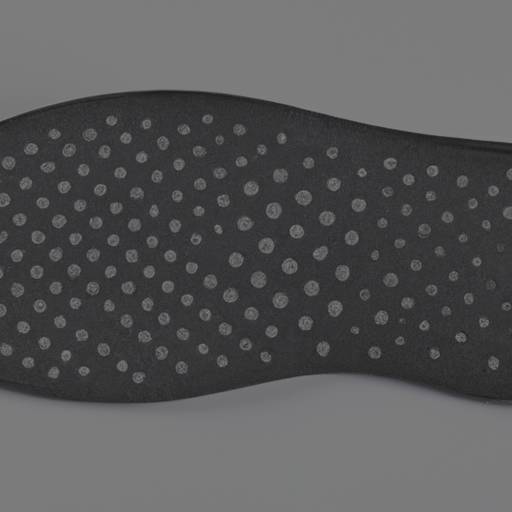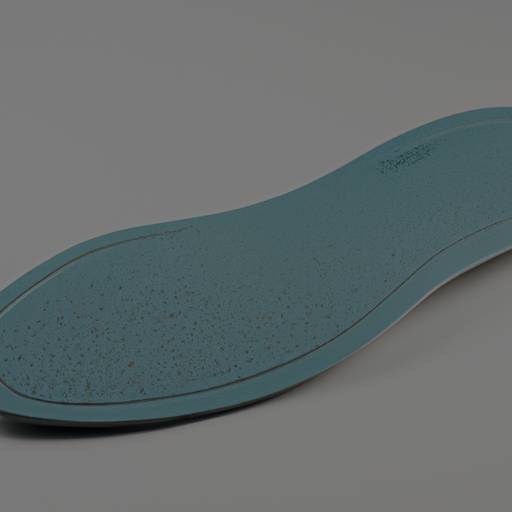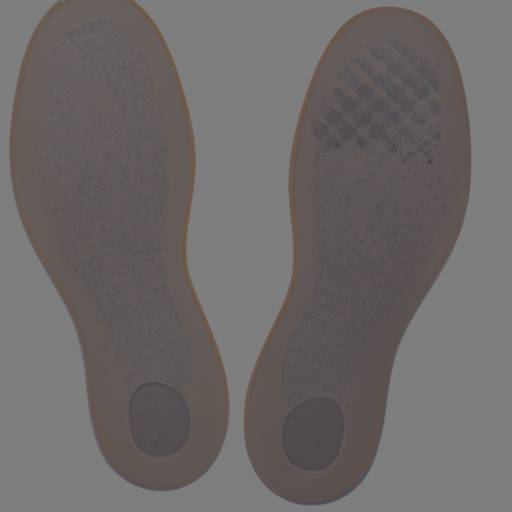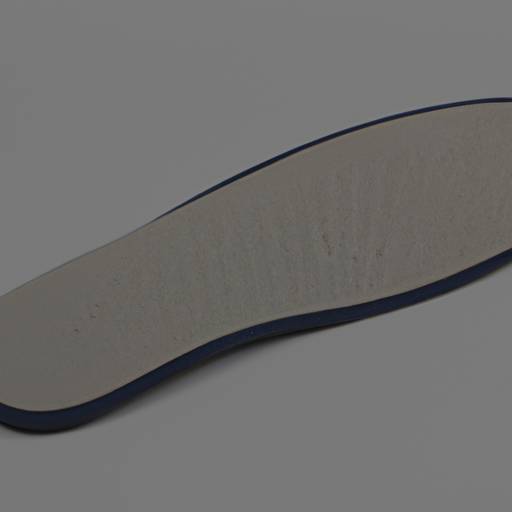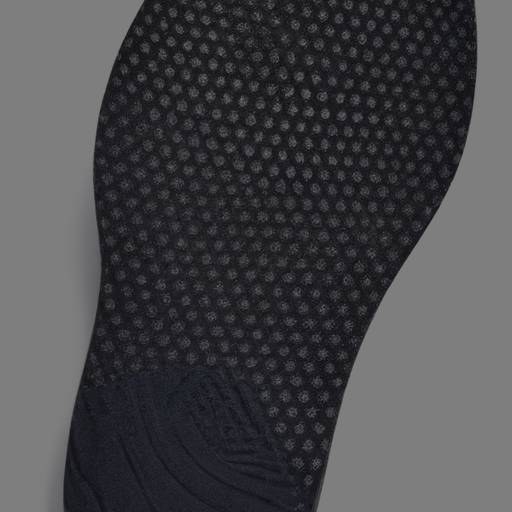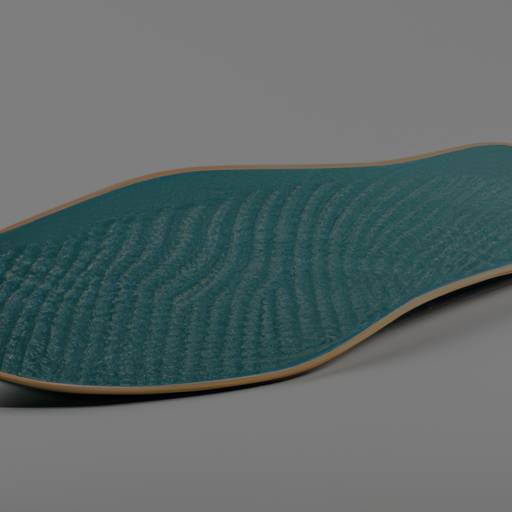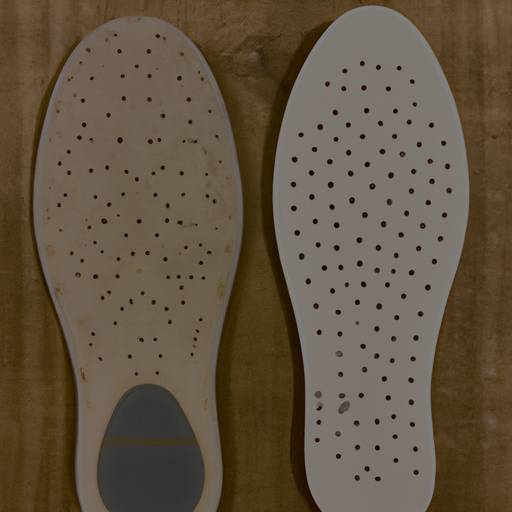Choosing the Right Insoles: A Guide for Health-Conscious Individuals
Understanding the Importance of Insoles
When it comes to foot health, insoles play a significant role in providing support, comfort, and alignment. Understanding the importance of insoles is key to maintaining the well-being of your feet. Let’s explore the role of insoles in foot health and the benefits of using them.
The Role of Insoles in Foot Health
Insoles, also known as shoe inserts or footbeds, are removable devices placed inside shoes to provide additional support and cushioning. They are designed to address common foot issues, improve alignment, and enhance overall comfort.
One of the primary functions of insoles is to provide arch support. The arches of the feet play a crucial role in weight distribution and shock absorption. However, some individuals may have low arches (flat feet) or high arches, which can lead to imbalances and discomfort. Insoles with arch support help to alleviate these issues by providing stability and promoting proper foot alignment.
Insoles also offer cushioning and shock absorption, which can reduce the impact on your feet during activities like walking, running, or standing for long periods. They help distribute pressure evenly across the foot, minimizing the strain on specific areas.
Additionally, insoles can help address various foot conditions such as plantar fasciitis, overpronation, and metatarsalgia. By providing targeted support and relieving pressure on sensitive areas, insoles can alleviate pain and discomfort associated with these conditions.
Benefits of Using Insoles
Using insoles can offer a range of benefits for your foot health and overall well-being. Here are some key advantages:
- Improved Comfort: Insoles provide cushioning and support, reducing foot fatigue and discomfort, especially during extended periods of standing or physical activity.
- Enhanced Foot Alignment: Insoles with arch support can help correct imbalances in foot alignment and promote a more natural gait.
- Reduced Risk of Injuries: Insoles can help prevent or alleviate common foot problems such as plantar fasciitis, shin splints, and Achilles tendonitis by providing proper support and alignment.
- Better Shock Absorption: Cushioned insoles absorb shock and reduce the impact on your feet, reducing the risk of stress-related injuries.
- Improved Performance: Properly aligned feet and reduced discomfort can enhance your athletic performance and allow you to engage in physical activities with greater ease.
Remember, choosing the right type of insoles is essential for reaping these benefits. Factors such as personal foot type, specific foot issues, and footwear compatibility should be considered when selecting the most suitable insoles for your needs. For more information on choosing the right insoles, refer to our sections on Identifying Your Needs and Exploring Different Types of Insoles.
In summary, insoles play a vital role in foot health by providing support, alignment, cushioning, and relief from common foot issues. By understanding the importance of insoles and the benefits they offer, you can make informed decisions to improve the well-being of your feet.
Identifying Your Needs
Before selecting the right insoles for your feet, it’s important to identify your specific needs. This involves assessing your foot type and determining your specific foot issues.
Assessing Your Foot Type
Understanding your foot type is crucial in choosing the right insoles that provide optimal support and comfort. There are three common foot types:
- Normal arches: If you have a normal arch, the middle part of your foot is well-defined, and your weight is evenly distributed across your feet. You’re likely to have a neutral pronation, which means your feet neither excessively roll inward (overpronation) nor outward (underpronation).
- Flat feet: If you have flat feet, your arches are lower or almost nonexistent, causing your feet to lie flat on the ground. People with flat feet tend to overpronate, meaning their feet roll inward excessively.
- High arches: If you have high arches, the middle part of your foot is significantly raised, causing more weight to be placed on the balls and heels of your feet. High arches can lead to underpronation, where your feet don’t roll inward enough to absorb shock effectively.
Assessing your foot type can help you determine the level of arch support and cushioning required from your insoles. For more information on the best insoles for specific foot types, check out our article on best arch support insoles.
Determining Your Specific Foot Issues
In addition to your foot type, it’s essential to identify any specific foot issues you may have. Common foot issues include:
- Plantar fasciitis: This condition involves inflammation of the plantar fascia, a band of tissue that runs along the bottom of your foot. It often causes heel pain and stiffness.
- Metatarsalgia: Metatarsalgia is characterized by pain and inflammation in the balls of your feet. It can be caused by various factors, including high-impact activities and improper footwear.
- Morton’s neuroma: Morton’s neuroma is a painful condition that affects the nerves in the ball of your foot. It typically causes a sharp, burning pain in the toes.
- Bunions: Bunions are bony bumps that form on the joint at the base of the big toe. They can cause pain and discomfort, especially when wearing tight shoes.
- Overpronation or underpronation: If you overpronate or underpronate, it means your feet don’t have a normal gait pattern. This can lead to imbalances and potential alignment issues.
By determining your specific foot issues, you can choose insoles that address those concerns. For example, if you have plantar fasciitis, you may benefit from insoles with additional arch support and cushioning in the heel area. If you’re dealing with metatarsalgia, insoles with extra forefoot padding can help alleviate discomfort.
Remember, it’s always a good idea to consult with a healthcare professional or podiatrist if you have severe foot pain or persistent foot issues. They can provide personalized guidance and recommendations based on your specific needs.
In the next section, we will explore different types of insoles, including memory foam insoles, arch support insoles, and cushioned insoles, to help you make an informed decision when selecting the right insoles for your feet.
Exploring Different Types of Insoles
When it comes to selecting the right insoles for your needs, it’s important to consider the different types available. Each type of insole offers unique benefits and is designed to address specific foot concerns. Let’s explore three popular types of insoles: memory foam insoles, arch support insoles, and cushioned insoles.
Memory Foam Insoles
Memory foam insoles are known for their exceptional comfort and ability to conform to the shape of your feet. Made from viscoelastic material, these insoles provide cushioning and support by molding to the contours of your feet with each step. This helps to alleviate pressure points and reduce foot fatigue.
One of the key advantages of memory foam insoles is their ability to distribute weight evenly across the foot, providing relief for individuals with foot conditions such as plantar fasciitis or flat feet. The soft and supportive nature of memory foam helps to absorb shock and reduce impact, enhancing overall comfort.
Arch Support Insoles
Arch support insoles are designed to provide stability and support to the arch of the foot. These insoles feature a variety of arch support options, ranging from semi-rigid to rigid support. The level of support required depends on the individual’s foot type and specific needs.
Individuals with low arches or fallen arches (flat feet) can benefit from arch support insoles as they help to correct the alignment of the foot and provide additional cushioning. On the other hand, individuals with high arches may require arch support insoles to help distribute weight evenly and reduce strain on the feet.
It’s important to note that finding the right level of arch support is crucial to ensure optimal comfort and foot alignment. Seek advice from a professional or check out our article on best arch support insoles for more information.
Cushioned Insoles
Cushioned insoles are designed to provide extra padding and shock absorption for individuals who require enhanced cushioning. These insoles are particularly beneficial for individuals who spend long hours on their feet or engage in high-impact activities.
Cushioned insoles typically incorporate materials such as gel, foam, or air pockets to provide added comfort and reduce the impact of each step. By absorbing shock, these insoles help to alleviate foot fatigue and provide a more comfortable walking or standing experience.
When selecting cushioned insoles, consider the level of cushioning required based on your individual needs and preferences. Keep in mind that cushioned insoles may take up more space inside the shoe, so ensure that your footwear has enough room to accommodate the additional thickness.
By exploring the different types of insoles available, you can choose the one that best suits your specific foot concerns and preferences. Remember, it’s important to consider factors such as the type of support, level of cushioning, and compatibility with your footwear. Keep your feet happy and comfortable by selecting the right insoles for your needs.
Factors to Consider
When selecting the right insoles for your needs, there are several important factors to consider. These factors will help you ensure footwear compatibility, durability and longevity, and personal comfort preferences.
Footwear Compatibility
One of the key considerations when choosing insoles is their compatibility with your footwear. Insoles come in various shapes and sizes, and it’s important to select ones that fit properly within your shoes. Ill-fitting insoles can lead to discomfort and may not provide the desired level of support.
Before purchasing insoles, determine the type of shoes you plan to wear them with. Some insoles are specifically designed for athletic shoes, while others are suitable for dress shoes or casual footwear. Look for insoles that are labeled as compatible with the type of shoes you intend to use them with. This will ensure a proper fit and optimal support.
Durability and Longevity
The durability and longevity of insoles are important factors to consider, especially if you plan to use them regularly. Insoles made from high-quality materials tend to last longer and provide consistent support over time.
When evaluating insoles for durability, consider the materials used in their construction. Look for insoles made from sturdy materials that can withstand regular use. Additionally, pay attention to any warranty or guarantee offered by the manufacturer, as this can be an indication of the product’s durability.
Personal Comfort Preferences
Comfort is a crucial aspect when choosing insoles, as they should provide a comfortable and supportive experience for your feet. Different individuals have varying comfort preferences, so it’s important to consider your own needs when selecting insoles.
Some people prefer the cushioning provided by memory foam insoles, while others may find arch support insoles more comfortable. It’s important to try out different types of insoles to determine which ones suit your unique comfort requirements. Remember that personal comfort is subjective, so what works for someone else may not necessarily work for you.
Take the time to research and read reviews on different types of insoles to get an idea of how they feel and perform. Trying out insoles in-store or purchasing from retailers with flexible return policies can also help you find the most comfortable option for your feet.
By considering factors such as footwear compatibility, durability and longevity, and personal comfort preferences, you can make an informed decision when selecting insoles. It’s important to prioritize your foot health and comfort to ensure that you find the right insoles for your needs.
Tips for Selecting the Right Insoles
When it comes to finding the perfect insoles for your needs, there are a few tips that can help guide you in the right direction. Whether you’re seeking relief from foot pain or looking to enhance your comfort, consider the following suggestions:
Seek Professional Advice
If you’re unsure about the type of insoles that would best suit your needs, it’s always a good idea to seek professional advice. A podiatrist, orthopedic specialist, or even a knowledgeable shoe salesperson can provide valuable insights and recommendations based on your specific foot issues. They can assess your foot type, analyze your gait, and provide guidance on the most suitable insoles for you. Their expertise can help ensure that you choose insoles that address your specific needs.
Try Before You Buy
To determine if an insole is right for you, it’s important to try them on before making a purchase. Visit a store that offers a variety of insoles and try them with your own shoes. Walk around, paying attention to how they feel and whether they provide the desired level of support and comfort. Keep in mind that it may take some time for your feet to adjust to the new insoles, so give yourself a few minutes to acclimate before making a decision. Remember, comfort is key, so trust your own judgment and choose the insoles that feel the best for you.
Gradual Adjustment and Break-in Period
When you start using new insoles, it’s important to allow your feet time to adjust. Start by wearing them for short periods, gradually increasing the duration each day. This allows your feet to get accustomed to the new support and helps prevent discomfort or pain. It’s not uncommon to experience some initial discomfort during the break-in period, but if the pain persists or worsens, it’s advisable to consult a healthcare professional. They can assess whether the insoles are suitable for you or if any adjustments are needed.
By following these tips, you can increase your chances of finding the right insoles that provide the support and comfort your feet need. Remember to seek professional advice, try on insoles before purchasing, and allow for a gradual adjustment period. Your feet will thank you for the extra care and attention.

